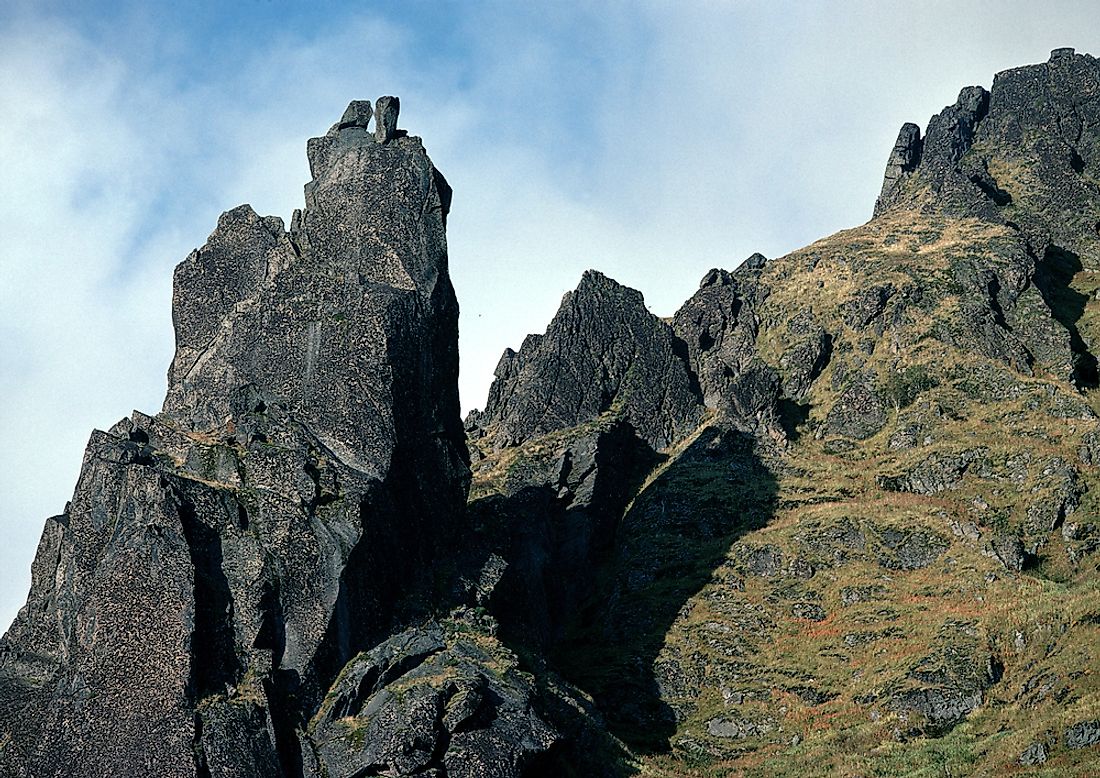Where Is Fennoscandia?

Fennoscandia, also referred to as Fenno-Scandinavia, is a geographical cape located in the North Atlantic and Northern Europe commonly referred to as the Nordic region. The Nordic area is made up of the Kola Peninsula, Karelia, Finland, and the Scandinavian Peninsula. Fennoscandia encompasses Sweden, Murmansk Oblast, and a large part of Karelia, Finland, Northern Leningrad Oblast, and Norway. Fennoscandia was coined from the Latin term Fennia meaning Finland and Scandia meaning Scandinavian. Wilhelm Ramsay, a Finnish geologist, was the first person to use the name Fennoscandia in 1898.
Geology of Fennoscandia
Fennoscandia includes the northwest region of Russia, Finland, Sweden, and Norway. The Peninsula has three significant provinces which stretch from one country to the other. These three big provinces include Svecofennian, Archean, and the southwestern Gneiss provinces. These regions are home to some of the oldest rocks on Earth which have been studied by numerous geologists for years.
Geologically, the peninsula is entirely different compared to the rest of Europe. The bedrock on the Peninsula is Archaean gneiss and granite with some limestone, which has undergone abundant deformations through the tectonic activity. The lithosphere in this peninsula is between 124 and 186 miles thick, and during the ice age epoch, the great ice-sheet weathered and depressed the surface resulting in the creation of a thin glacial material covering and numerous innumerable streams and lakes.
Fennoscandia Provinces
Archean Province
The archean province encompasses Kola Peninsula, Northeastern Finland, northern Sweden (Norrbotten County), and Karelia. This region is home to one of the oldest rocks, referred to as the Archean rocks, including greenstone belt and gneisses which are millions of years old. In Russia, this province includes the Kola Peninsula in the northwestern parts of Russia and the Murmansk Oblast territory. This region lies inside the Arctic Circle and is bordered by the Barents Sea on the northern side and the White Sea on the south-east side.
Svecofennian Province
The southwestern region of Finland, together with most of central and northern Sweden, is part of Svecofennian province. The bedrock in this province formed during the Svecokarelian orogeny also referred to as Svecofennian orogeny. Meta-volcanic and rocks characterize the bedrock in the region which experienced numerous generations of the granitoids. It also has some of the most important ore deposits of sulfide and iron ores in Norrbotten, Skellette, and Bergslagen districts. The trans-Scandinavian igneous belt stretches from the Smaland in South Sweden through western Dalam, Varmland, and the Caledonian mountain to Northern Scandinavia.
Southwestern Gneiss Province
Southwestern Gneiss Province, also referred to as Sveconorwegian province, is located in the southwestern part of the Trans-Scandinavian igneous belt. This area has undergone composite evolution and the bedrock formed during the Gothian orogeny which was intruded by numerous generations of granitoids. The Sveconorwegian deformation zones divide the Sveconorwegian region into multiple north-south trending segments. On the western part of Norway, the gneisses were deformed again during the Caledonian orogeny. The Scandinavian caledonides stretches through Norway and includes the adjacent regions of Sweden.











